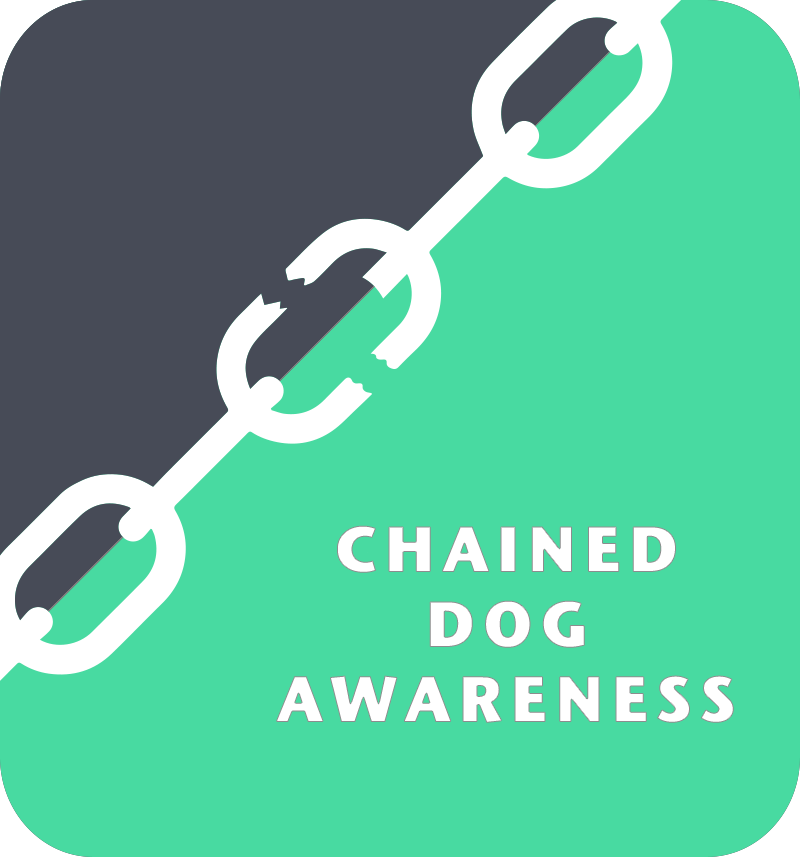What is meant by “chaining” or “tethering” dogs?
Is there a problem with permanent chaining or tethering?
Why is chaining or tethering dogs inhumane?
In addition to the psychological damage brought on by continuous chaining, dogs forced to live on a chain or tether make easy targets for other animals, humans, and biting insects such as mosquitos, which carry many deadly diseases. Chained animals suffer harassment and teasing from insensitive humans, stinging bites from insects/fleas and often fall prey to both internal and external parasites from which they cannot escape.
Are tethered dogs otherwise treated well?
Are the areas in which tethered dogs are confined usually comfortable?
Out of sight, out of mind. That seems to be the way many dog owners that chain their dogs treat them. The Humane Society of the United States (HSUS) explains, “Rarely does a chained or tethered dog receive sufficient care.”
But how else can people confine dogs?
If they escape, will they come back?
Should chaining or tethering ever be allowed?
What can I do to help chained/tethered dogs?
According to the Association of Shelter Veterinarian’s Guidelines for Standards of Care in Animal Shelters, “Tethering is an unacceptable method of confinement for any animal and has no place in humane sheltering. Constant tethering of dogs in lieu of a primary enclosure is not a humane practice.”
Why should a community ban the permanent chaining or tethering of dogs?
A chained animal is caught in a vicious cycle; frustrated by long periods of boredom and social isolation, he becomes a neurotic shell of his former self—further deterring human interaction and kindness. In the end, the helpless dog can only suffer the frustration of watching the world go by in isolation—a cruel fate for what is by nature a highly social animal. Any city, county or state that bans this practice is a safer, more humane community.
(Sources-HSUS & Dogs Deserve Better)


